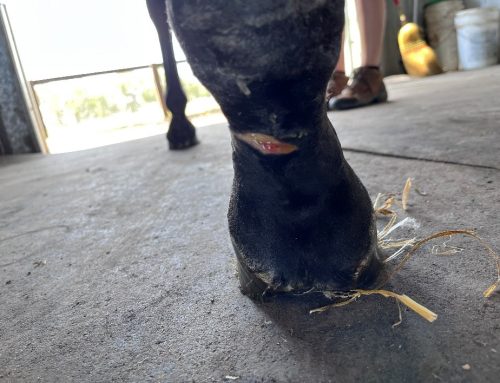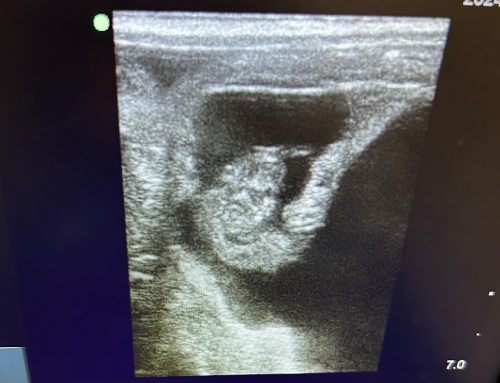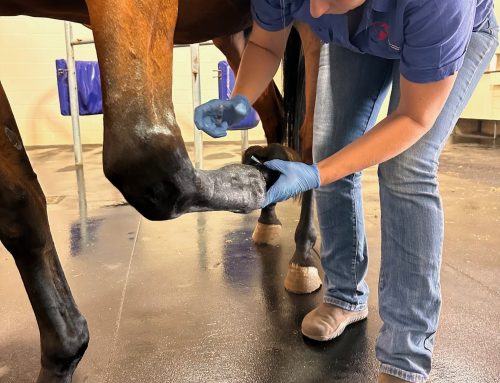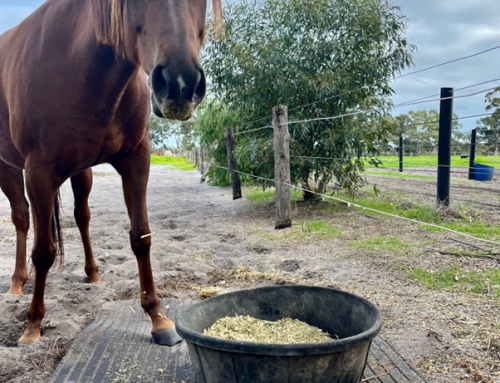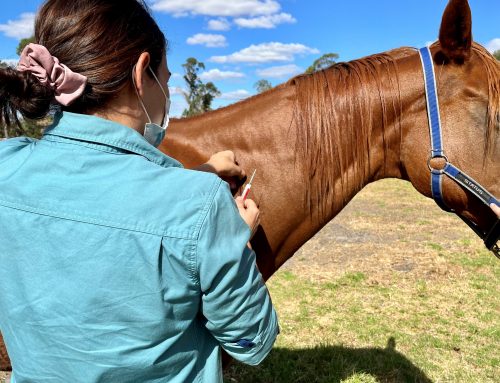By Dr Emma Gillman BSc.DVM
Melanoma is one of the most common skin tumours seen in horses. They mainly occur in grey and white horses, with a prevalence of 80% in aged populations. The most common sites include the perineum, the base of the tail, external genitalia, eyes, lips and in the area of the throat latch. Melanocytic tumours are thought to occur due to disturbances in melanin metabolism. In the beginning stages of the disease there may be little growth for many years, however with time masses often enlarge and become locally invasive. Melanomas may disseminate to remote locations away from the initial tumour site. The tumours can become so substantial that horses become unable to flex or turn their heads and cannot eat and drink in comfort. Perianal tumours often become so large that they can limit the horse’s ability to defecate normally. They are usually black and present as singular or multiple, firm and nodular lumps.
There is currently no widely accepted treatment for Equine Melanoma.
Small and early-stage lesions may be managed successfully with surgery, however in advanced cases this is not a realistic option. Surgical excision does not prevent further progression of the disease. Cimetidine, a histamine antagonist, has been used to treat melanomas but studies have shown little success in its ability to reduce tumour size and prolonged treatment is required.
Newer therapy options, include immunomodulation with a vaccine and this is now available at Murray Veterinary Services. The Oncept Vaccine was originally developed to treat an aggressive form of melanoma in dogs. The vaccine contains a gene that stimulates an immune response that targets a protein (tyrosinase) found in melanoma tumours. When the vaccine is administered and the horse is exposed, it helps the horse’s immune system to recognize tyrosinase in the tumour cells as foreign and they are subsequently destroyed. There is evidence in horses to suggest that the vaccine is effective at preventing further growth of larger melanomas and reduction in tumour size and possibly complete regression in smaller masses. The vaccination involves a series of four injections two weeks apart, followed by 6 monthly booster injections. Its use in horses appears to be safe and well tolerated. The vaccination is expensive; however, results are very promising and this new treatment offers hope for clients with grey horses suffering from equine melanoma.



